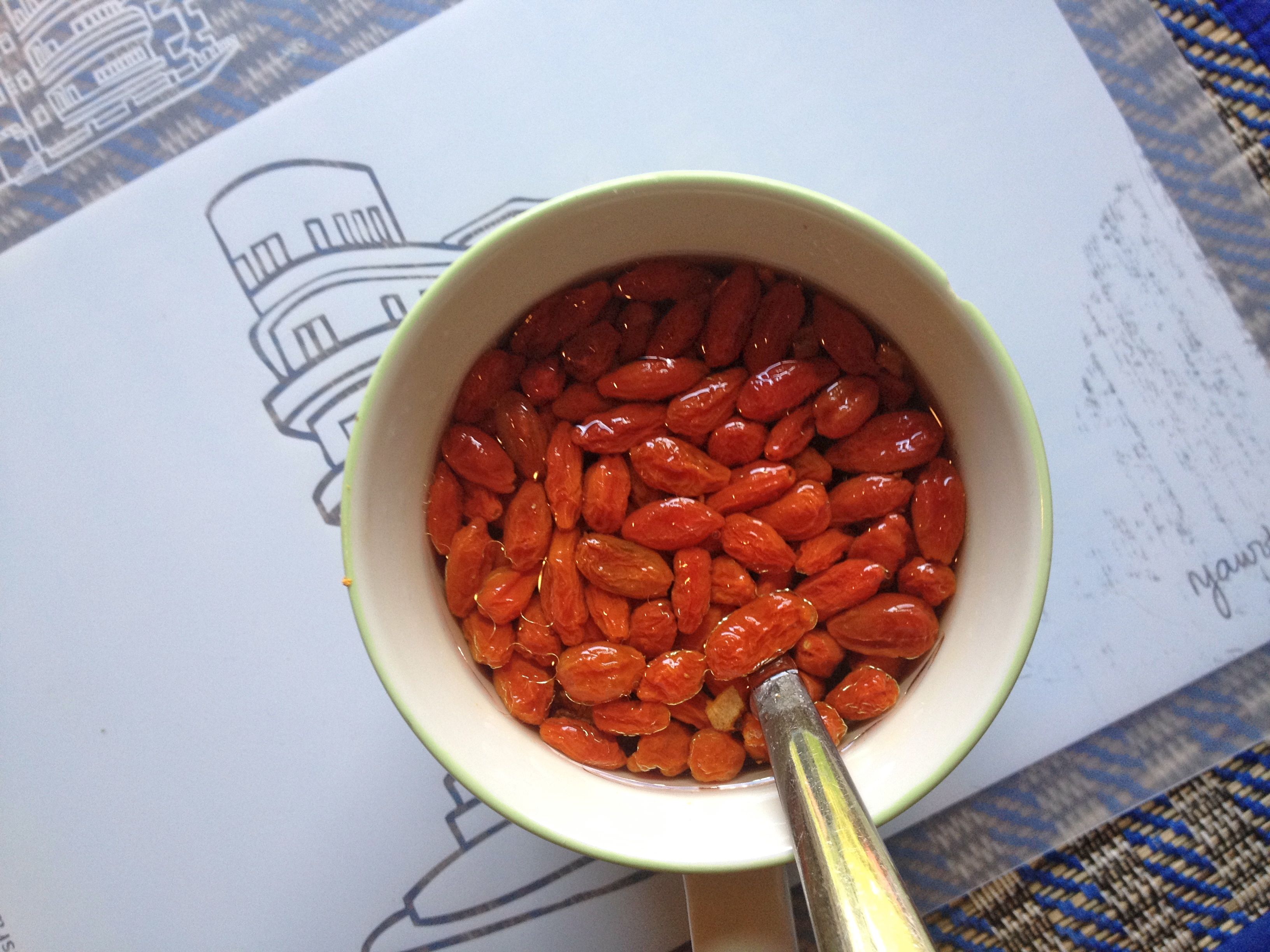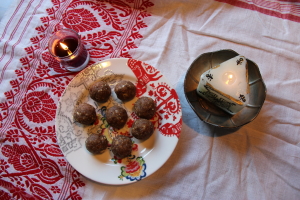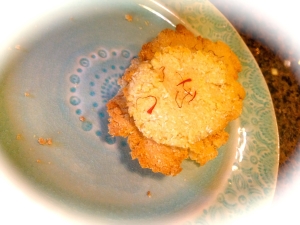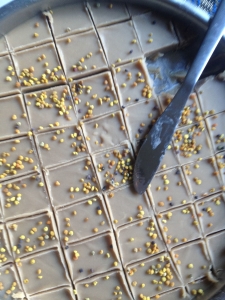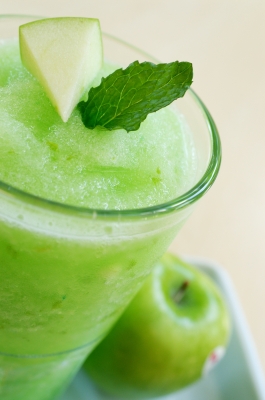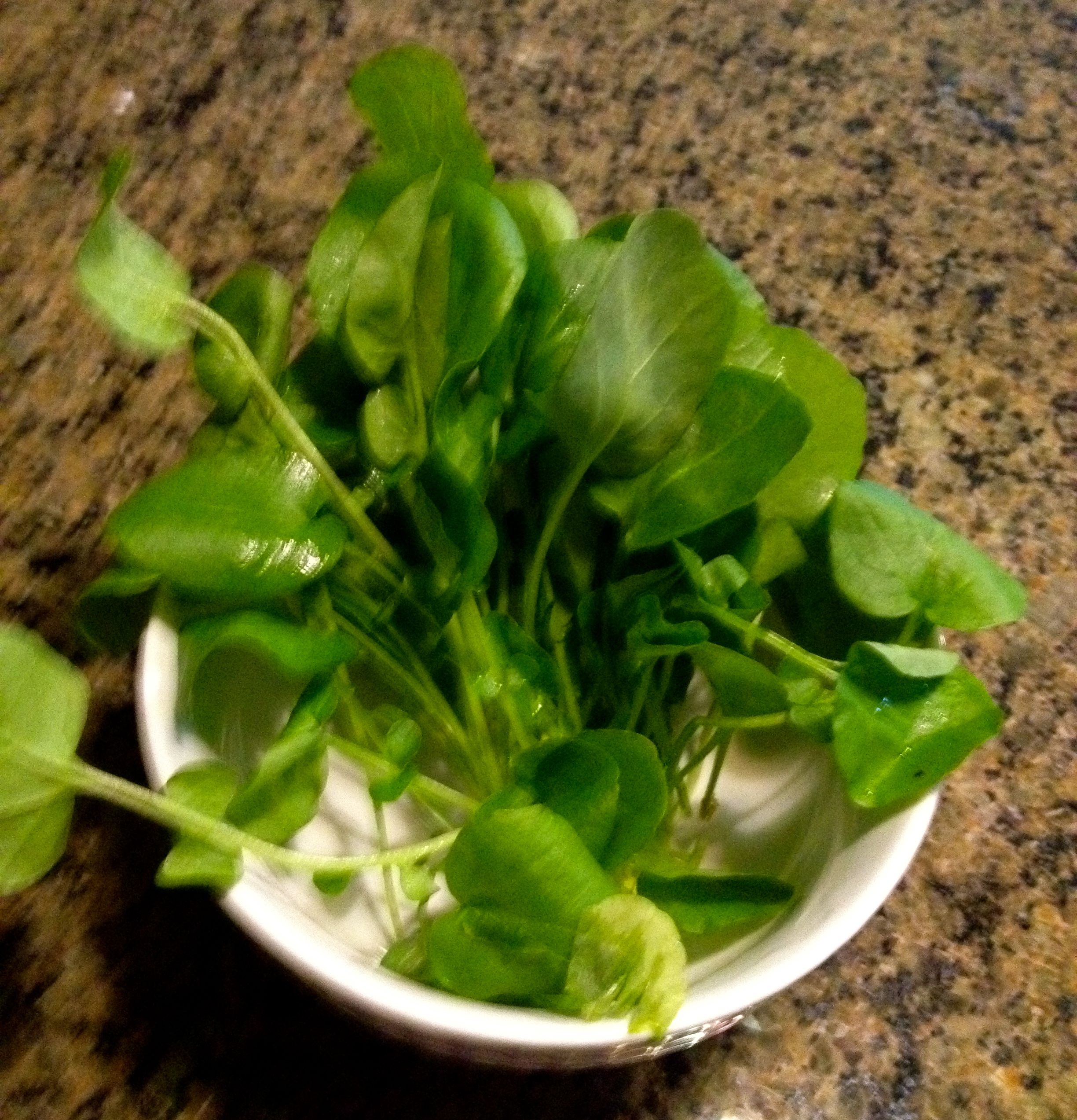Living both a healthy and a colorful life, are pursuits, that can go hand in hand. Mother nature, it turns out, can be a little bit of a drama queen. She loves to put on a show by enticing us with colorful fruits and vegetables that dazzle us with their innate radiance. Brightly colored orange foods that are inherently attractive, are the very ones that contain all kinds of healthy compounds. It turns out that we eat with our eyes too, and foods that nourish our aesthetic eye, also create physiological changes deep down to nourish our bodies.
Let us tune in to the color orange today, the color of Halloween and the color of happiness. Tae Yun Kim, the author of The First Element; Secrets of Maximizing your Energy says,
“Orange strengthens your emotional body, encouraging a general feeling of joy, well-being, and cheerfulness.”
Deanna Minnich, author of Chakra Foods for Optimum Health also emphasizes the importance of orange colored foods for our emotional and creative bodies. She says,
“Viewing or eating orange colored foods can restore the sacral chakra (the seat of emotions and creativity) to its correct vibration.”
Nutrients-wise, orange colored foods are rich sources of carotenoids like beta-carotene, which are superb antioxidants that promote radiant skin, healthy vision and a rock solid immune system. Ready to dive in? Here are five orange hued foods, three tried and tested, two relatively new, but all of them, stunning.
Carrots are quick, easy and inexpensive sources of beta-carotene. Eat them cooked with a little bit of fat for enhanced absorption of their natural form of vitamin A. They are nourishing when cooked as a soup or a stew and shine in them as carotenoid angels. However, they are also cleansing and liver protective when eaten raw. So don’t forget to have them raw in a salad or as a juice also.
Saffron is an expensive spice, but I like having it around in my pantry, both for its gorgeous color and its distinctive taste. It is called the happy casino online spice for good reason. Known to bring relief for mild to moderate depression, a 2008 study from Iran published in the prestigious British Journal of Obstetrics and Gynecology, also reported the spice’s role in warding off PMS symptoms. I use saffron mostly in desserts, as a garnish for puddings or as a sprinkle for cookies. It brings instant happiness.
Sweet Potatoes are the quintessential autumnal food. I would eat them just for their names. Garnet, Jewel, and Beauregard. And they bring nothing but sweet news when it comes to health. While they are an outstanding antioxidant food in terms of their carotenoid profile, they also have other benefits such as blood sugar regulation. Although they are starchy, sweet potatoes increase blood levels of adiponectin, a protein hormone responsible for insulin metabolism, according to World’s Healthiest Foods. They are easy to incorporate into your dishes; I just cut them into thick slices, steam them and use them in stews and soups.
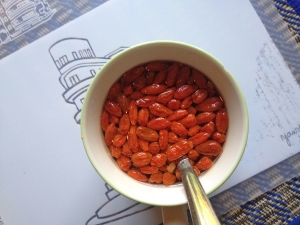 Goji berries are not as mainstream as say strawberries in the Western world, but their nutritional and medicinal prowess has been acknowledged for thousands of years in Tibet and China. Time to bring them into our lives too. They contain more carotenoids than carrots (sorry carrots) and more vitamin C than oranges. They also contain 18 different amino acids and several trace minerals. Known to be life extending in Chinese medicine, legend has it that a Taoist hermit lived for 500 years due to his daily consumption of the berries. I like them for their lovely color, a pinkish orange and dunk a few into my cup of ginger tea.
Goji berries are not as mainstream as say strawberries in the Western world, but their nutritional and medicinal prowess has been acknowledged for thousands of years in Tibet and China. Time to bring them into our lives too. They contain more carotenoids than carrots (sorry carrots) and more vitamin C than oranges. They also contain 18 different amino acids and several trace minerals. Known to be life extending in Chinese medicine, legend has it that a Taoist hermit lived for 500 years due to his daily consumption of the berries. I like them for their lovely color, a pinkish orange and dunk a few into my cup of ginger tea.
Mention mangoes and my eyes light up. Maybe it is because of carotenes (they are vision friendly after all) or maybe it is because the fruit is inextricably tied to my roots. The botanical name of the mango is Magnifera indica, indica indicating ,that it comes from India. Traditional Indian medicine hails the mango as a calming food full of prana or life force. Nutritionally speaking, mangoes are great sources of for their vitamin A, vitamin C, fiber and potassium. In addition, they also contain proteolytic enzymes, similar to the enzyme papain in papayas that calm the alimentary canal and promote digestion.
So which of these delicious gems are you going to eat today?
Sources:
Tae Yun Kim; The First Element; Secrets of Maximizing your Energy
Deanna Minnich; Chakra Foods for Optimum Health
BGOJ; Crocus sativus L. (saffron) in the treatment of premenstrual syndrome: a double-blind, randomised and placebo-controlled trial.
World’s Healthiest Foods: Sweet Potatoes
Care 2; Goji Berries; Worthy of the Name ‘Super-Food’
Ratna Rajaiah; How the Banana Went to Heaven
